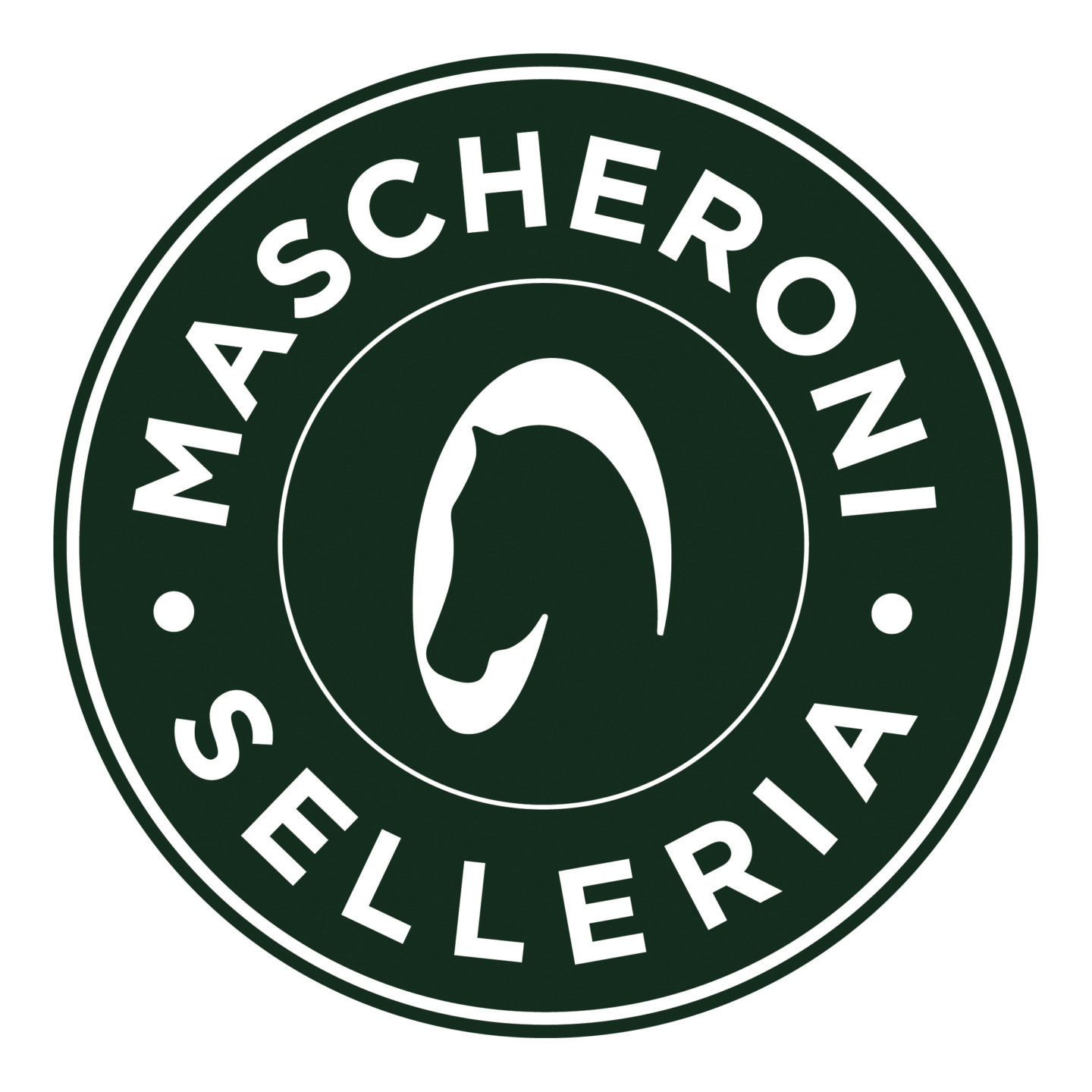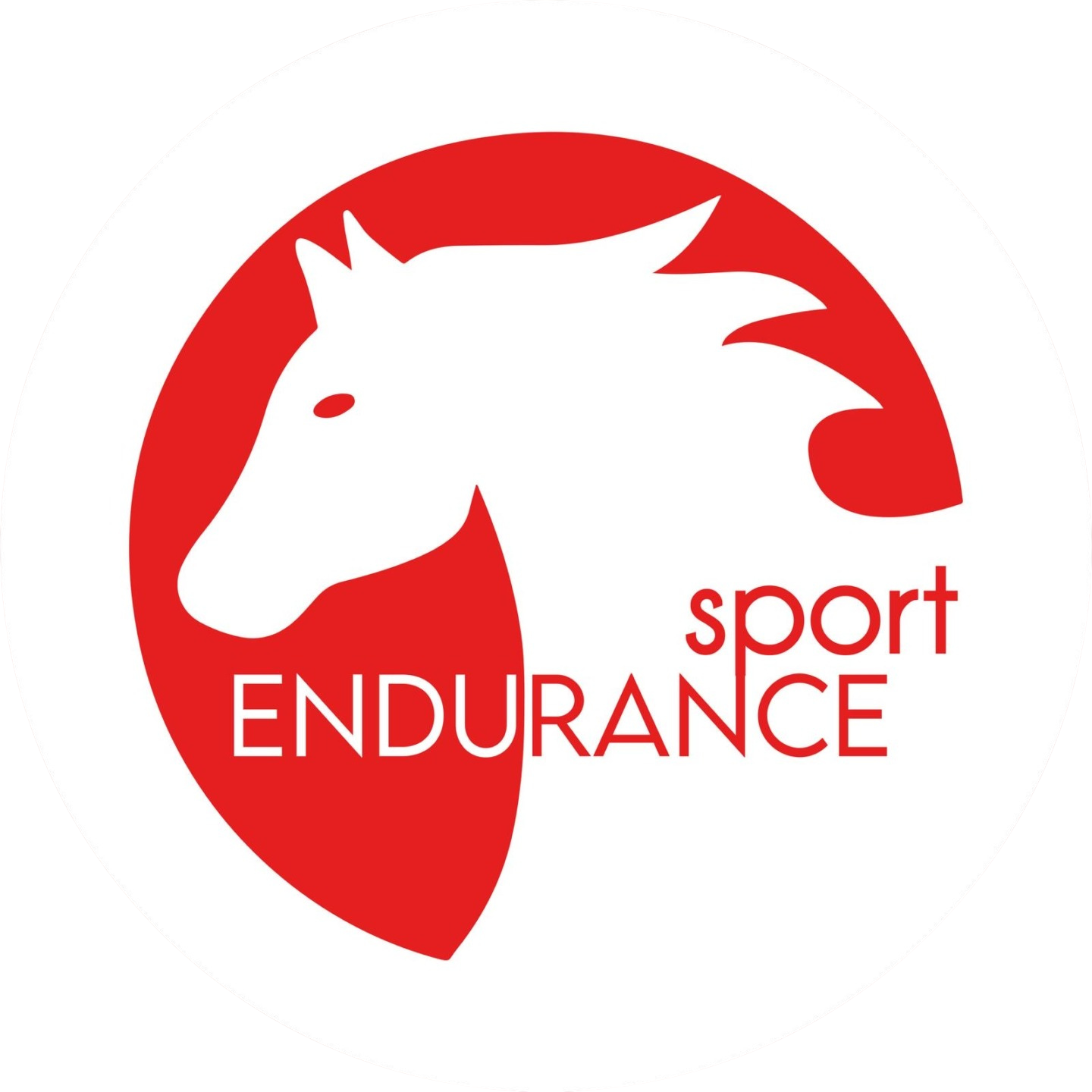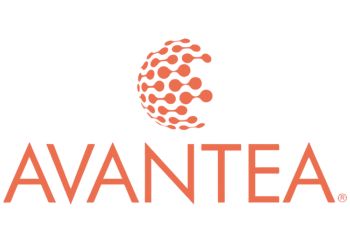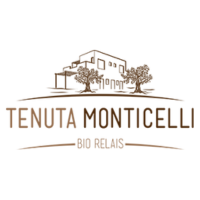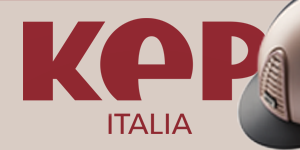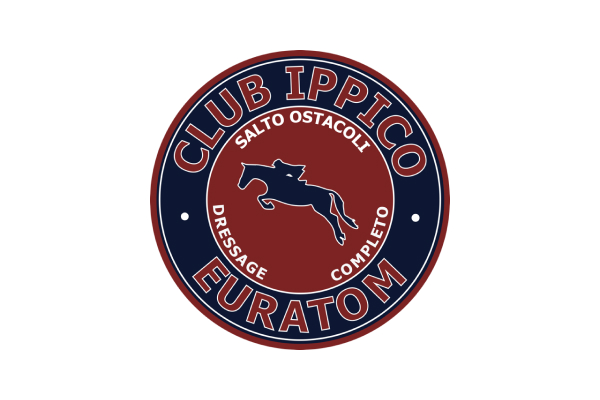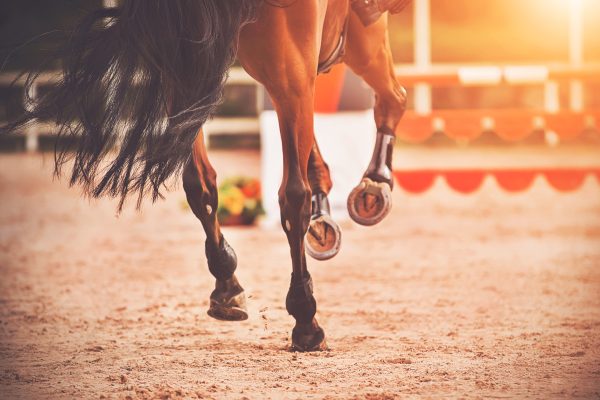
Equine Physiotherapy: when, how and why
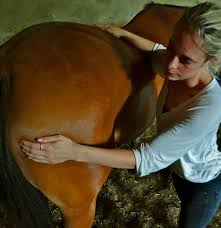
Equine physiotherapy is now recognised as a successful treatment much in the same way as human physiotherapy. It contributes to the physical recovery after an operation, prevents disturbances and reinforces and strengthens the muscular system. In addition, equine physiotherapy helps with flexibility and the looseness of the limbs, as well as proving to be very useful as a treatment for neurological diseases.
It could be useful to start equine physiotherapy if:
– Your horse has suddenly changed attitude or temperament.
– Has difficulties with movement, lack of muscle activation or general laziness.
– Performs unexpected movements (for example adding a short step before the obstacle).
– Cannot maintain its canter.
– Shakes his/her head repeatedly.
– High or low head carriage
– Loss of muscle tone, weight and physical condition.
– Inactivity or struggling to engage hindquarters.
– If the saddle slips off the back of the horse and to one side (potential for irregular muscle tone).
– If your horse has improper and uneven hoof/shoe wear. In this case, you have to set up a therapy treatment that restores natural movement.
COMMON PROBLEMS:
If left untreated, these problems can lead to damage to the tendons and ligaments, back problems (especially if the vertebrae get too close, which can cause serious movement problems). Physiotherapy can also help in making a recovery from minor injuries, post-operation recovery, treatment of laminitis, neurological disorders and muscle imbalance/atrophy.
Physiotherapy for horses is widespread in Britain, where there is a universally recognised and regulated system in place. Italy is still in an early discovery phase of this practice, but there is a gradual rise in courses and professionals in the sector.
Basic physiotherapy in general looks to maintain movement in the body. This is aided by the right stretching exercises performed regularly which increase the elasticity and movement of the muscles. This allows you to keep healthy and in a good condition. The basic elements that contribute to movement in the body are: muscles, tendons, ligaments and joints.
In addition, physiotherapy aims to improve gait biomechanics, with the right weight distribution and correct posture. These are basic things in order to avoid deformities of the spine. In the case of the horse, this depends largely on proper hoof/shoe wear which helps the natural posture of the horse.
You can find further useful information on veterinary physiotherapy on this site: www.fairburn-vetphysio.co.uk




.png)



